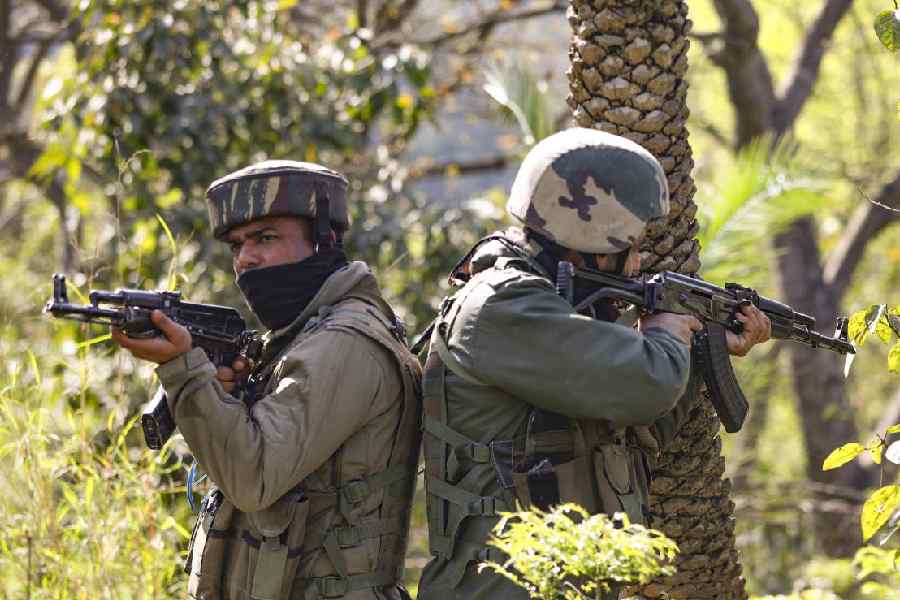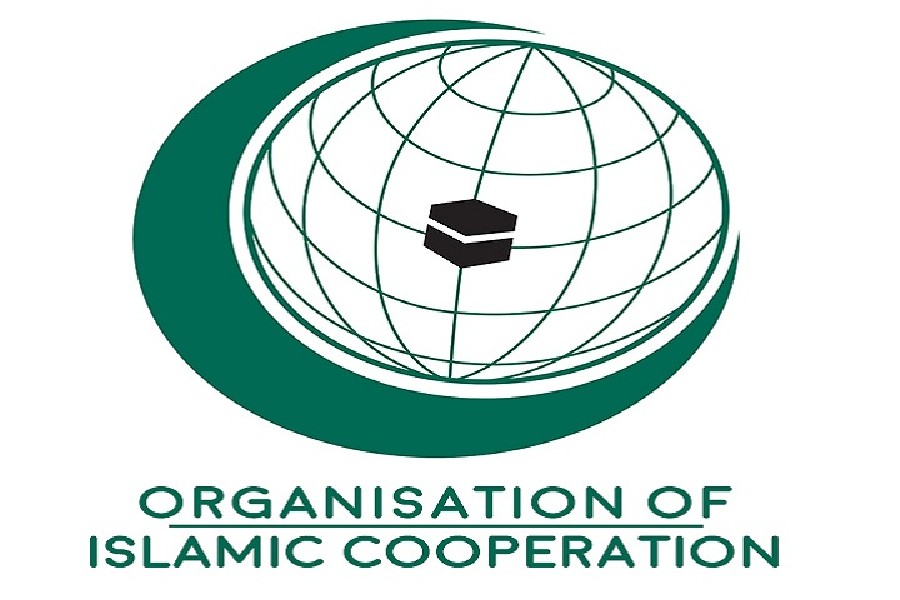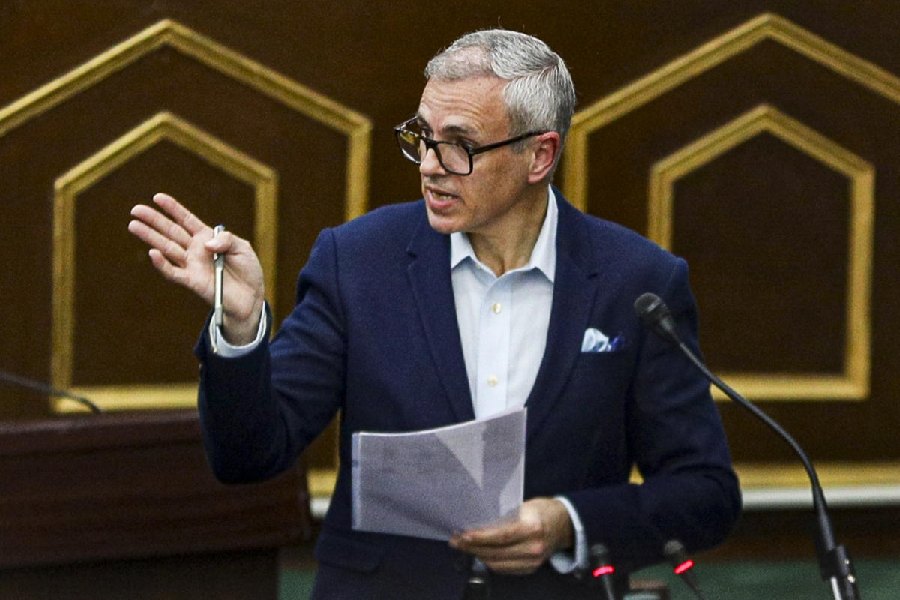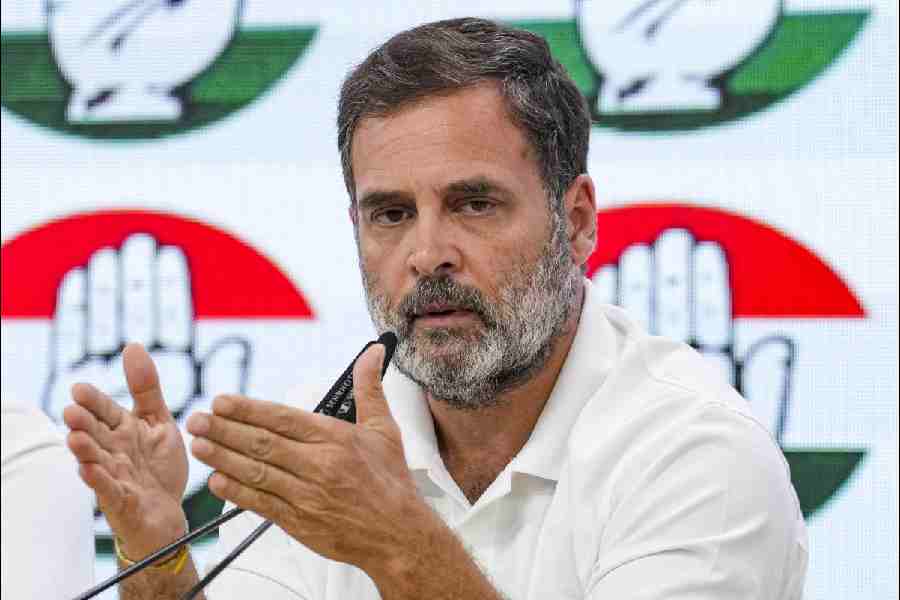 |
| Sukhbilash Barma on stage |
Brhaddesi Sangeet Mahotsav (November 21-25) was the most unique musical event that the city has experienced in recent times. Organised by Sangeet Natak Akademi (SNA) and supported by Padatik, this five-day musifest spread over three venues (G.D. Birla Sabhagar, Purbashree and Shrutinandan) showcased a bond shared by the indigenous musical forms of eastern India.
The urban and the semi-classical genres were represented along with the folk ones. The one that caught the connoisseurs mesmerised on the inaugural evening dedicated to West Bengal was the songs of Muharram performed by Md Ziarat Ali and his band. Behind the violent facade discerning ears didn’t miss the subtle melancholy strain induced by the tragedy at Karbala. More notable was a formidable presence of kirtan elements, including the customary akhars at the end of each verse.
Sukhbilash Barma’s recital of Bhawaiya and Chakta forms of north Bengal was a reminder of the north-eastern influence on Bengali folk music. The songs of buffalo-keepers and elephant-riders were clearly motivated by the changes in community habits and habitats, a feature shared by many of the folk forms of Bihar. Videsia, for instance, was inspired by immigration of Bhojpuri labours to the Hooghly jute mills in the 19th century. When Chaitanya Mahaprabhu took Nadia kirtan to Orissa in the 16th century, the Odissi composers took no time to respond and an amalgamated form emerged. It still exists although many of the kirtan traditions of Bengal have become obsolete. How popular culture, especially Hindi cinema, appropriated folk traditions was another eye-opener for many.
The amazing variety of Jhumur was another attraction. Mukund Nayak stole the show on the Jharkhand evening.
At the concluding session at Guru Jnan Prakash Sanctum, Shrutinandan aroused different feelings. The magic of Bangla tappa and puratani found a lively demonstration in Ramkumar Chattopadhyay’s recital. But the most significant performance came in form of a Vidyapatigeet recital by Ram Hari Das from Orissa. Whether to recognise the age-old Odissi music as the third classical tradition after Hindustani and Carnatic has remained a major concern for the musicologists who attended the seminars that supplemented the live demonstrations. How the SNA decides the status of Odissi music will remain one of the major outcomes of this event.










